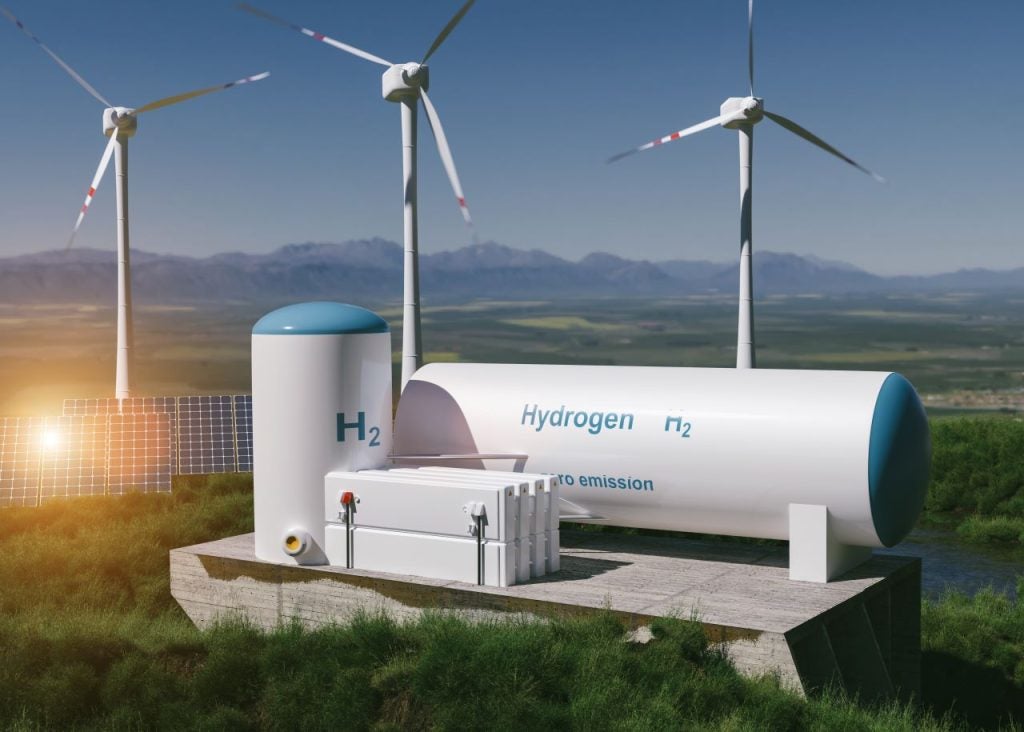Latin America and the Caribbean (LAC) have so far been slow to seize their low-carbon hydrogen opportunity. The region currently has a negligible presence in the global hydrogen market, accounting for less than 1% of current global active capacity, with just five plants currently producing low-carbon hydrogen. A combination of intermittent policy support and the continued high capital costs of hydrogen production have worked to hamper the technology’s adoption across the region.
Winds of change within the LAC’s hydrogen market
However, there are signs to suggest that this may change, with a flurry of announcements taking place in recent years as well as five LAC countries releasing hydrogen roadmaps or strategies. As a result, the region now has 80 upcoming hydrogen projects within its pipeline that could together contribute up to 6.3 million tonnes per annum (mtpa) of hydrogen production capacity. These projects will decarbonise the region’s existing hydrogen demand. According to the IEA, in Latin America, this accounted for four million tonnes in 2019. Brazil is a leader in the region in terms of pipeline capacity, with almost 3mtpa of low-carbon hydrogen within its upcoming projects. For context, the current global active capacity stands at 1.7mtpa, reflecting the scale of the LAC region’s hydrogen aspirations. In addition, 48% of LAC’s upcoming projects were announced between 2021 and 2022, suggesting that countries across the region are rapidly laying out project plans.
Of course, there is a key difference between the announcement and execution of a hydrogen plant. As a result, GlobalData has assessed the risk factors that could potentially pose a threat to project completion. GlobalData estimates a high-case scenario of regional hydrogen capacity increasing at a CAGR of 190% between 2020 and 2030, with a low-case scenario of 177% across the same period. In either case, a steep increase in capacity is expected, causing hydrogen production to reach at least 2.2mtpa by the end of the decade. A key driver for this growth has been the falling cost of renewable energy.
Renewable energy additions will propel the growth of the LAC’s hydrogen market
Countries within Latin America currently have a relatively high proportion of renewable generation, primarily due to large hydropower projects which accounted for 41% of regional power capacity in 2022. While this provides a good basis for producing low-carbon hydrogen, the region’s further build-out of renewable energy through solar and wind projects will further increase the cost-effectiveness of electrolysis, while also spreading the risk of renewable intermittency across a combination of renewable technologies.
According to the World Bank’s solar and wind Atlas, the LAC region has strong renewable generation potential and so can support substantial renewable capacity additions. The natural climatic conditions prevalent across much of South America create good conditions for wind and solar power, with high levels of solar radiation on its western coast and favourable wind conditions across almost all the continent’s coastline. As a result, strong additions are expected across solar and wind technologies, with regional solar PV capacity increasing at a CAGR of 11.2% between 2022 and 2035 while regional wind capacity will increase at a CAGR of 7.2% across the same period.
In addition to wind and solar energy, a number of islands in the Caribbean hold geothermal potential. Currently, there is only one geothermal plant in the LAC region, based in Guadeloupe. However, a number of islands are being actively prospected for their geothermal resources. In fact, Dominica is developing a 7MW geothermal project with financial support from the World Bank. The small geothermal power plant is slated for completion by the end of 2023. Although geothermal energy has large upfront costs, access to a low-cost, reliable, and carbon-free source of energy would lay the groundwork for a regional low-carbon hydrogen economy in the Caribbean.
Hydrogen offers domestic energy security and an emerging exports business
The build-out of renewable capacity will facilitate the region’s low-carbon hydrogen production. In the short term, low-carbon hydrogen could be substituted into existing industries that use hydrogen such as refining. Hydrogen could also be substituted into the Caribbean’s substantial ammonia business, which generates around 4.5mtpa, creating the potential for green ammonia exports to current demand markets such as Europe. This would provide the LAC’s refining and chemicals sectors with a level of protection as its key export markets continue to decarbonise.
Conversely, hydrogen could also play a key role as an energy storage medium within the region’s renewable energy network. Although hydropower currently accounts for a large proportion of the region’s power generation mix, the impacts of climate change will exacerbate the intermittency challenge of renewable generation. Storage of hydrogen or conversion to ammonia would provide a means of safeguarding domestic energy security, as well as the potential for an export business for energy surpluses.
Ultimately, despite its weak position in the current global hydrogen market, the LAC region holds significant potential for becoming a hydrogen production hub. Substantial capacity additions across wind and solar will increase access to low-cost, carbon-free energy. These additions will help increase the cost-effectiveness of hydrogen production, which has been a major barrier to the region’s adoption of this technology so far. While Brazil currently leads the region in terms of upcoming hydrogen capacity, the Caribbean’s mobilisation of its geothermal resources will provide a reliable source of clean energy, laying the groundwork for a regional hydrogen production hub in the future.









